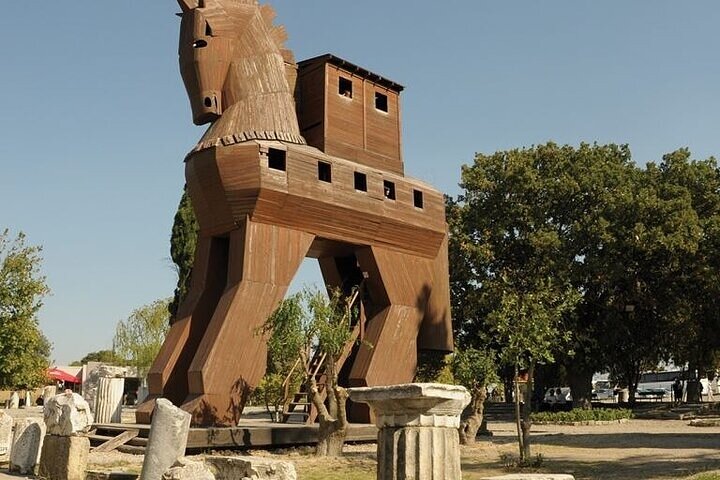Gallipoli: A Journey Through Time and Sacrifice
Drawn by the allure of history and the promise of a profound experience, I embarked on a journey to the Gallipoli Peninsula. This half-day tour of the ANZAC battlefields offered a unique opportunity to walk in the footsteps of heroes and reflect on the sacrifices of the past.
Crossing the Dardanelles: A Journey Begins
The morning air was crisp as my wife and I stood at the ferry terminal in Çanakkale, ready to embark on a journey that promised to be both enlightening and deeply moving. The Gallipoli Peninsula, a name synonymous with sacrifice and heroism, awaited us across the Dardanelles Strait. As a former professor of European history, I had long been fascinated by the events of 1915, and this half-day exploration of the ANZAC battlefields was an opportunity to walk the very ground where history unfolded.
Our ferry ride was smooth, the waters of the Dardanelles calm under the late morning sun. The crossing took about 30 minutes, a brief interlude that allowed us to reflect on the significance of the land we were approaching. Upon arrival in Eceabat, we were greeted with a traditional Turkish lunch, a delightful prelude to the historical immersion that lay ahead.
Walking Through History: ANZAC Cove and Beyond
Our guide, Burak, was a veritable font of knowledge, his enthusiasm for the subject matter infectious. As we stood above ANZAC Cove, he painted a vivid picture of the dawn landing on April 25, 1915. The cove, once a bustling base for the Allied troops, now lay serene, a poignant reminder of the past. Burak’s narrative was rich with detail, bringing to life the stories of the soldiers who fought and fell here.
We visited the grave of John Simpson Kirkpatrick, the legendary “Man with the Donkey,” whose bravery in ferrying wounded soldiers to safety became emblematic of the ANZAC spirit. The tour continued along Second Ridge, where the lines of Allied and Turkish trenches still scar the landscape. Walking through these remnants of war, I was struck by the proximity of the opposing forces, a testament to the fierce and relentless nature of the campaign.
Memorials of Valor: Lone Pine and Chunuk Bair
The Australian memorial at Lone Pine was our next stop, a solemn site where nearly 5,000 Australians with no known grave are commemorated. The silence here was profound, broken only by the whispers of the wind through the pine trees. As we moved through Johnston’s Jolly Cemetery, the abandoned trenches and tunnel entrances told their own silent stories of courage and endurance.
Our journey culminated at Chunuk Bair, one of the highest points on the peninsula and the site of the New Zealand national memorial. The view from the summit was breathtaking, a stark contrast to the brutal battles that once raged here. Burak recounted the fierce fighting that took place, highlighting the pivotal role of Mustafa Kemal, later known as Atatürk, in the Ottoman defense. The names of over 850 New Zealand soldiers are etched into the memorial, a poignant reminder of the human cost of war.
As we made our way back to Eceabat, I reflected on the day’s experiences. The Gallipoli tour had been more than just a historical exploration; it was a journey into the heart of human resilience and sacrifice. For those with a passion for history, or simply a desire to understand the past, I cannot recommend this tour enough. It is a pilgrimage of sorts, one that leaves an indelible mark on the soul.












































